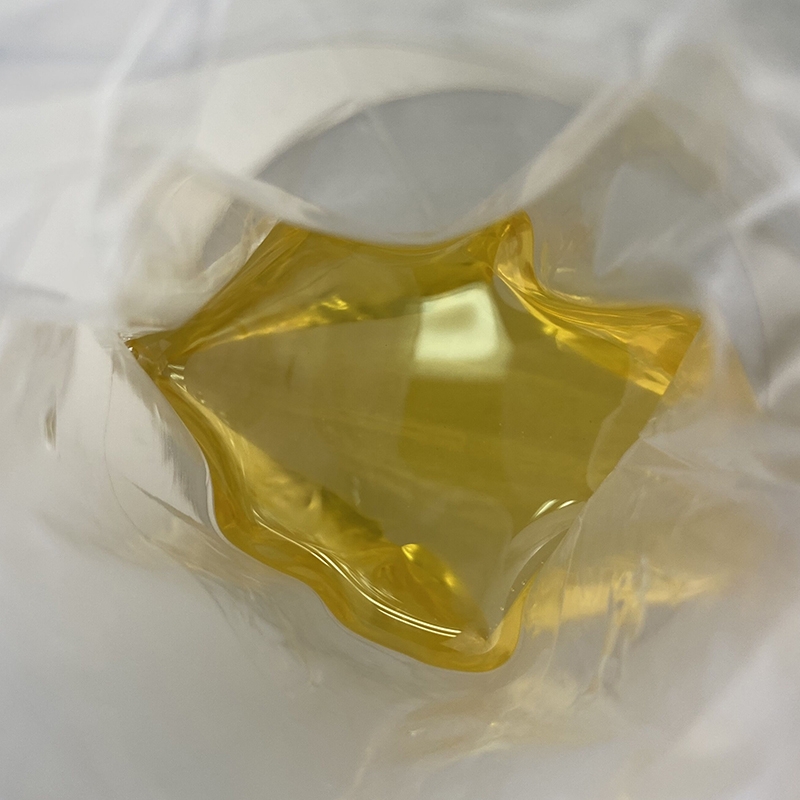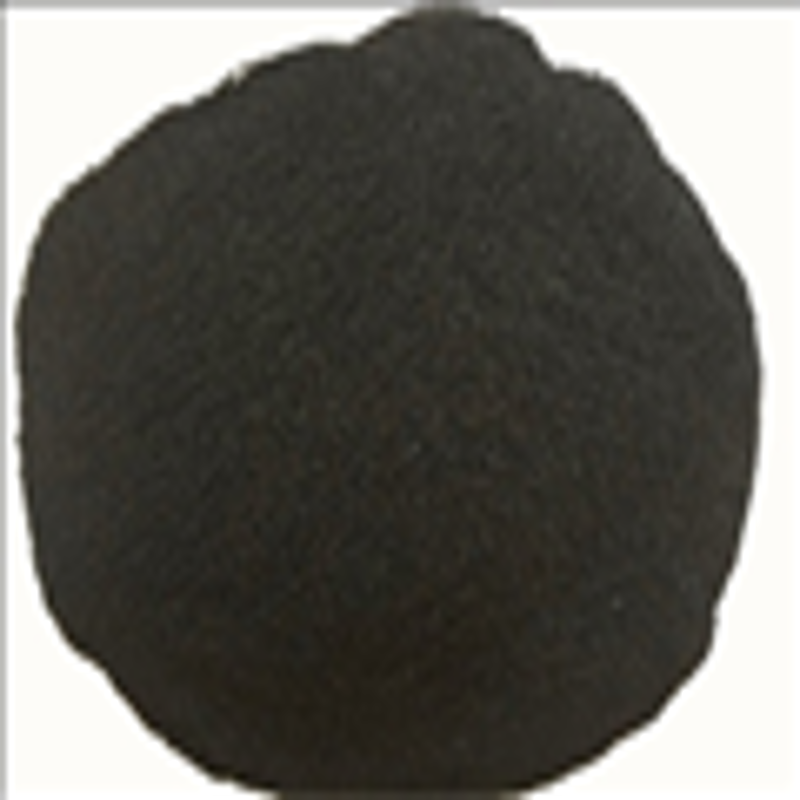-
Categories
-
Pharmaceutical Intermediates
-
Active Pharmaceutical Ingredients
-
Food Additives
- Industrial Coatings
- Agrochemicals
- Dyes and Pigments
- Surfactant
- Flavors and Fragrances
- Chemical Reagents
- Catalyst and Auxiliary
- Natural Products
- Inorganic Chemistry
-
Organic Chemistry
-
Biochemical Engineering
- Analytical Chemistry
- Cosmetic Ingredient
-
Pharmaceutical Intermediates
Promotion
ECHEMI Mall
Wholesale
Weekly Price
Exhibition
News
-
Trade Service
"Our findings help to better identify, understand, and treat canine hyperactivity, impulsivity, and inattention
"Dogs and humans have many similarities, including physiological characteristics and the same environment
Professor Roche’s research team collected data on more than 11,000 dogs through an extensive behavioral survey
The age and gender of the dog and the owner’s experience with the dog have an impact
"We found that hyperactivity, impulsivity, and inattention are more common in young dogs and male dogs
Dogs who spend more time alone each day are more active, impulsive, and inattentive than dogs who spend less time alone
"As a social animal, dogs feel frustrated and stressed when they are alone.
Researchers have discovered a new connection between ADHD and impulsivity and the owner's experience of getting along with the dog, because these two characteristics are more common in dogs who are not the owner's first dog
Su Kama explained: "People may choose a less active dog as their first dog because it is more in line with the idea of a pet dog
Significant differences between varieties
Breeding has a significant impact on the breed-specific behavior of different dog breeds
"On the one hand is hyperactivity and impulsivity, on the other hand is good concentration, which is very common in working dogs, such as German Shepherd and Border Collie
Related to other behavioral issues
This study confirms the previously observed interesting links between hyperactivity, impulsivity, and inattention, and obsessive-compulsive behavior, aggression, and fear
The results of the study show that the brain regions and neurobiological pathways of humans and dogs control activity, impulse, and concentration
DOI
10.







